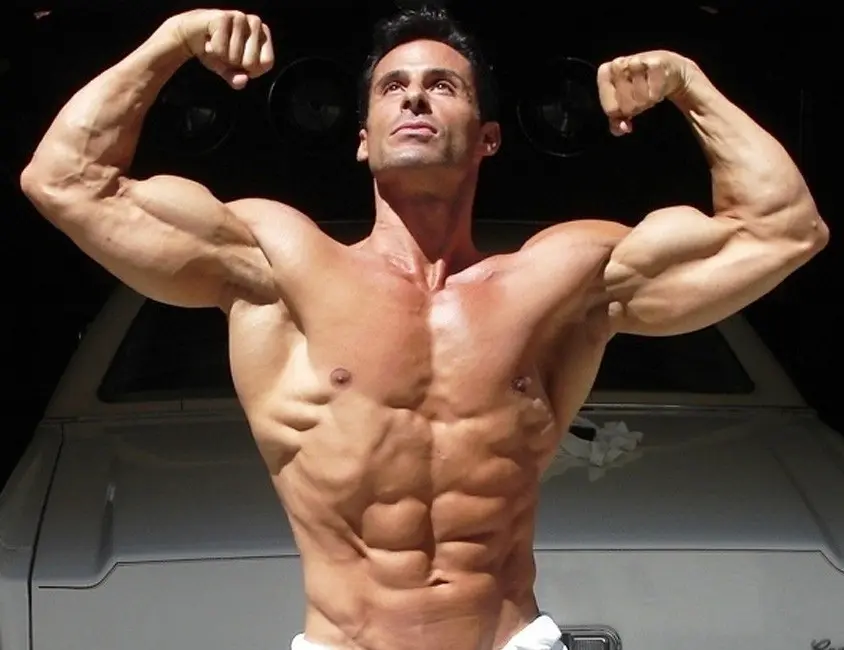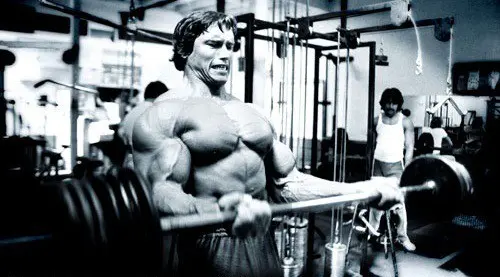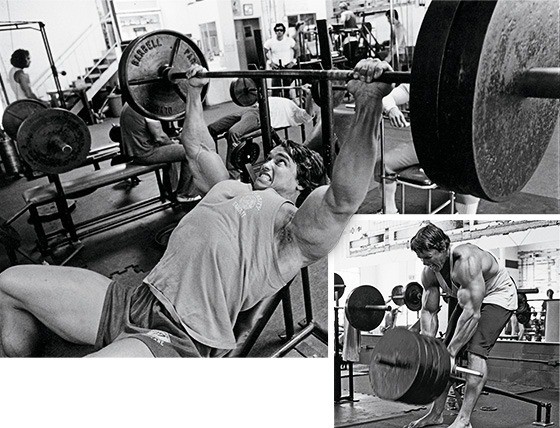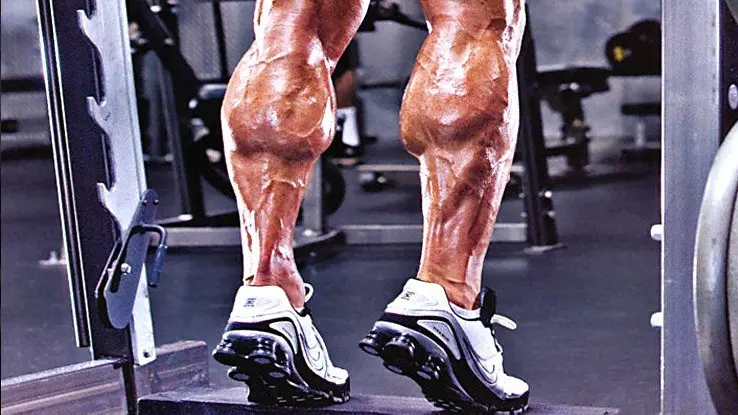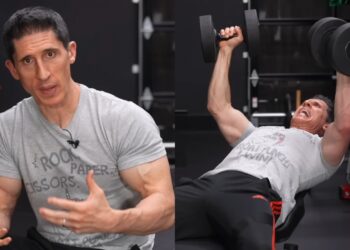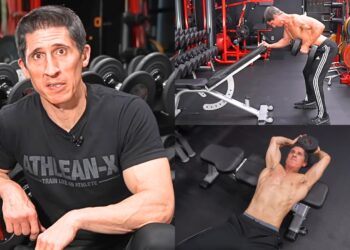Of the many methods of training to be employed by bodybuilders and fitness enthusiasts alike, the drop set is one that is almost religiously used. Maybe it’s the burn that a drop set will produce or the fact that one can seemingly carry on lifting well past failure, whatever the reason there is a great amount of faith in the results that this training method will produce. I’m not here to dispel that theory, but rather take a closer look at this often used tactic to promote muscle growth and see if there is an ideal way to perform drop sets to receive the greatest benefits.
I would say that drop sets are most often used when one is training a lagging muscle group. This leads me to believe that most folks think that in order to build a muscle that is resistant to development, one must train it in a more intense manner than one would train the other muscle groups. I’m not going to disagree with that at all, but is a drop set the best way to accomplish this?
Two known factors must be present during training in order for a muscle to be adequately stimulated in order for it to send the signals (through the mTor pathway) that it had better grow stronger so that it will be better prepared for the next bout of training that it must undergo. Those two factors are time under tension and fatigue. Does a drop set put a muscle under tension for longer and increase fatigue? There is no doubt that muscular fatigue will be increased, but the time under tension is a bit more complicated than that.
One of the best ways to increase the tension that a muscle is put under is to increase the load that the muscle will lift. It stands to reason that if you are lifting a weight that you can only get five reps out of, then your muscles will be under significantly more tension than if you are lifting a weight that you can get 12 reps from. In this example, your muscle will be under tension for longer when performing 12 reps, but will that lessened tension be more effective than the greater tension applied to the muscle in the five-rep set? This can be simply explained with the example of the biggest bodybuilders are also the strongest. They have trained their muscle to be stronger by lifting heavy weights. It is unlikely that they employed much in the way of different training strategies when their focus was simply to lift progressively heavier weights as often as was possible.
That answers the question of the effectiveness of load in relation to muscle-building, but does that apply to drop sets? Yes and no. It is without a doubt that focusing on building muscle strength (I said muscle strength, not just strength – there is a difference) will produce the largest muscles. What about those stubborn muscles though, would they benefit from drop sets? Well, we need to look at doing these drop sets in a manner that will work well with the above method of focusing on muscle strength.
Level Up Your Fitness: Join our 💪 strong community in Fitness Volt Newsletter. Get daily inspiration, expert-backed workouts, nutrition tips, the latest in strength sports, and the support you need to reach your goals. Subscribe for free!
The best way to accomplish this is to choose a weight that you can only perform a maximum of four reps with. Then when you reach failure with that relatively heavy weight, drop the weight in order to lengthen the time under tension to further stimulate more muscle fibers. Do so a maximum of two times in order to keep the entire working set well under 60 seconds, and roughly eight to ten reps total for all three sets. There isn’t going to be much benefit gained by lowering the weight so much that you can crank out an additional eight reps on the two successive drops, and besides, that will take too long. What does it matter how long a set takes? Why would we need to keep a drop set (or any set) under 60 seconds? I’m glad you asked.
Have you ever noticed those cross fit folks are usually really lean but not particularly big in terms of muscular development? That’s because of the nature of the high demands that they put on their metabolism by training in such a continuous fashion. Remember the mTor pathway that regulates the signaling that will determine muscle growth? It does this by regulating protein synthesis. When metabolic demands are too great, then the mTor pathway is disregulated and protein synthesis will be limited. Even when we think about this on a practical level it makes sense. If we have trained our body to do continuous movements, then our body will only allow itself to grow as big as is absolutely necessary simply for the reason that it doesn’t want to carry any more weight than it has to as by doing so it will limit its own efficiency. Continuous movement based training is all about efficiency. Bodybuilding is all about developing your muscles to their maximum potential. Big difference.
This means that when we are lifting weights for the purposes of hypertrophy we want the weight to be heavy in order to put the muscle under maximal tension, the set to be long enough that the time under tension creates an appropriate amount of fatigue, BUT not so much that the metabolic demands are so great that glycogen stores will be depleted and amino acids will be catabolized in order to create more fuel as doing so will cause the signaling of protein synthesis to be interrupted. The result of doing drop sets in this fashion is that you will be training your muscle very hard and going past its ability to lift and will further engage more muscle fibers by lowering the weight. By keeping the set brief and intense you will stimulate the greatest amount of muscle fibers and this will result in larger muscles. I’m sure you’ve been doing drop sets for years, but have you ever done them like this?
Happy Lifting!

